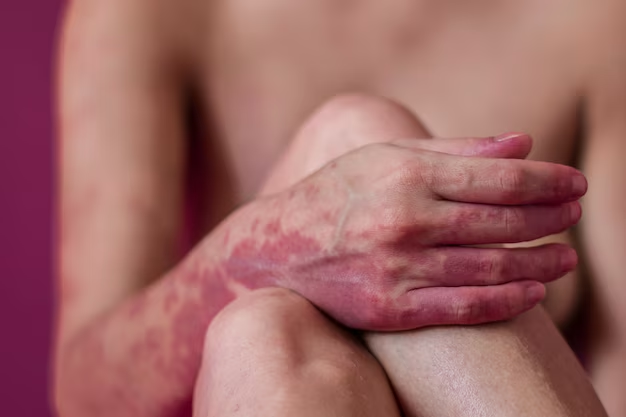Understanding Incontinence-Associated Dermatitis: What You Need to Know
Living with incontinence can be challenging, and it often brings a less-talked-about issue: Incontinence-Associated Dermatitis (IAD). This skin condition affects individuals who struggle with bladder or bowel control, leading to irritated, inflamed, and painful skin. Understanding IAD is essential for effective management and ensuring skin health.
What Is Incontinence-Associated Dermatitis?
IAD is a specific type of irritant contact dermatitis caused by prolonged exposure to urine or feces. The constant exposure to moisture, coupled with the skin’s natural friction, can break down the protective barrier, resulting in:
- Redness and inflammation: The skin becomes red and swollen.
- Soreness and pain: Affected areas can be tender to touch.
- Rashes and lesions: Persistent exposure might cause rashes or lesions.
- Occasional fungal infections: Warm, damp skin is a breeding ground for fungi.
Unlike pressure sores, which occur due to prolonged pressure on the skin, IAD is purely the result of moisture and irritants.
Who Is at Risk?
Incontinence-Associated Dermatitis primarily affects:
- Elderly individuals: Decreased mobility can increase incontinence risks.
- People with disabilities: Certain conditions may heighten susceptibility.
- Hospitalized patients: Prolonged bed rest increases exposure risk.
- Individuals wearing incontinence pads: Lack of proper change and cleaning can lead to IAD.
Managing Incontinence-Associated Dermatitis
While dealing with IAD can be daunting, effective management is possible with the right strategies:
- Skin Hygiene: Regularly clean and pat dry affected areas.
- Barrier Creams: Use creams or ointments to create a protective barrier.
- Frequent Changes: Replace incontinence pads or garments often to minimize moisture.
- Gentle Products: Opt for pH-balanced cleaners and avoid harsh soaps.
Moving Beyond Health: Financial and Educational Aids
Managing incontinence and IAD can also impose financial burdens due to medical supplies and caregiving costs. Therefore, it's crucial to explore available financial assistance programs aimed at relieving some of these burdens.
For instance, government aid and non-profit organizations often offer:
- Subsidized medical supplies for incontinence management.
- Grants for healthcare needs for eligible individuals and families.
- Caregiver support programs offering financial and educational resources.
Moreover, improving your understanding of financial tools can be invaluable. If managing costs becomes overwhelming, consider exploring options like:
- Debt relief programs: Designed to assist with outstanding medical bills.
- Credit counseling services: Providing guidance to improve financial health.
Helpful Financial and Educational Resources
- 💰 Federal and State Assistance Programs: Aid for medical supplies.
- 📚 Educational Grants: For patients or caregivers looking to learn more about managing incontinence or related financial strains.
- 🏥 Healthcare Subsidies: Designed for those with reduced income.
- 💳 Credit Counseling Services: Expert advice on managing debts related to healthcare.
- 🤝 Non-profit Support: Reach out to organizations for additional support with incontinence supplies.
Acknowledging and addressing Incontinence-Associated Dermatitis through proper care and understanding available resources can drastically improve the quality of life for those affected, paving the way for better health and financial stability.

Related Topics
- a Patient You Are Caring For Uses Incontinence Briefs
- Are Incontinence Products Tax Deductible
- Are Incontinence Supplies Covered By Medicare
- Are Incontinence Supplies Tax Deductible
- Can a Bladder Infection Cause Urinary Incontinence
- Can a Kidney Stone Cause Incontinence
- Can a Urinary Tract Infection Cause Incontinence
- Can a Uti Cause Incontinence
- Can Constipation Cause Incontinence
- Can Constipation Cause Urinary Incontinence